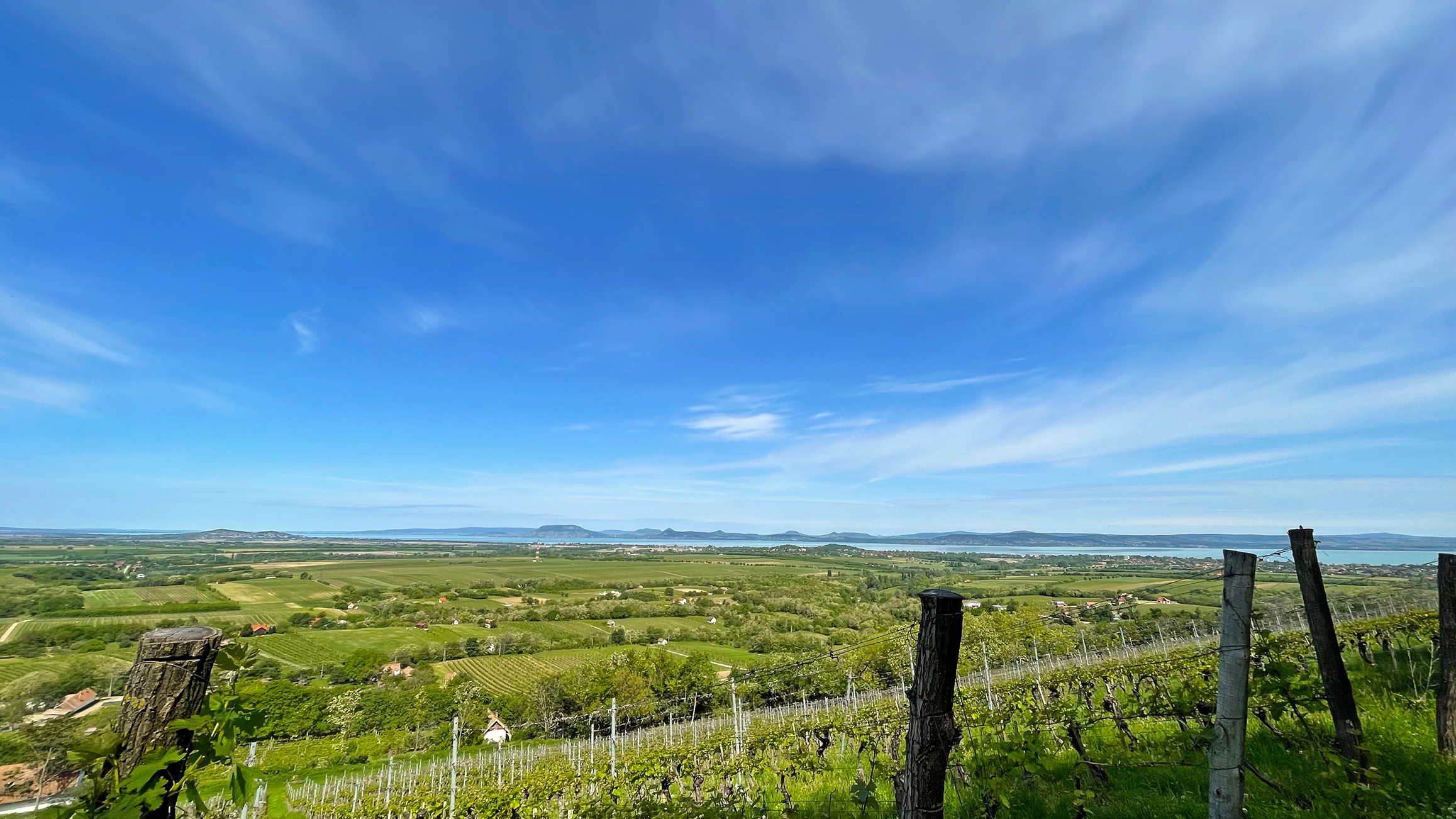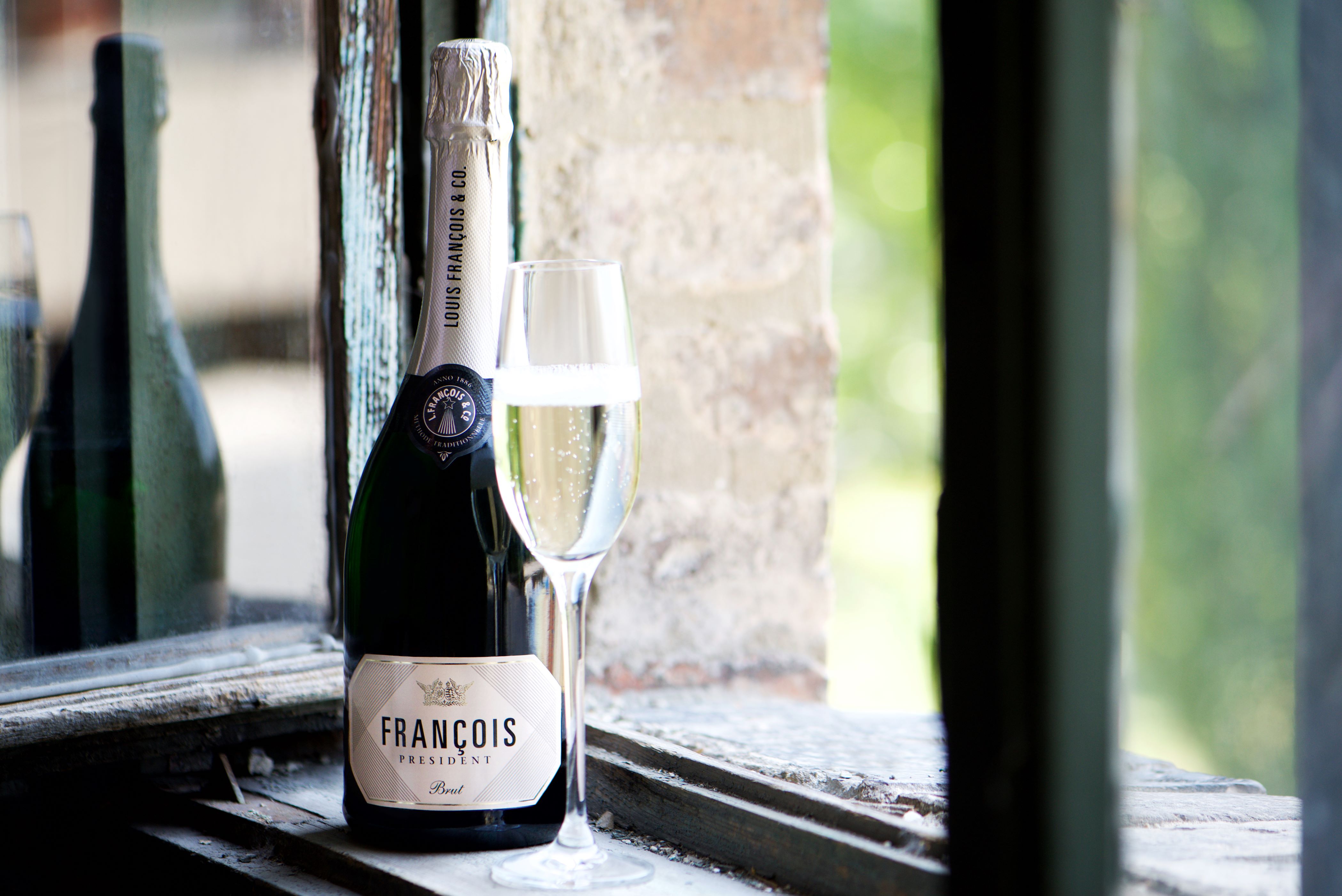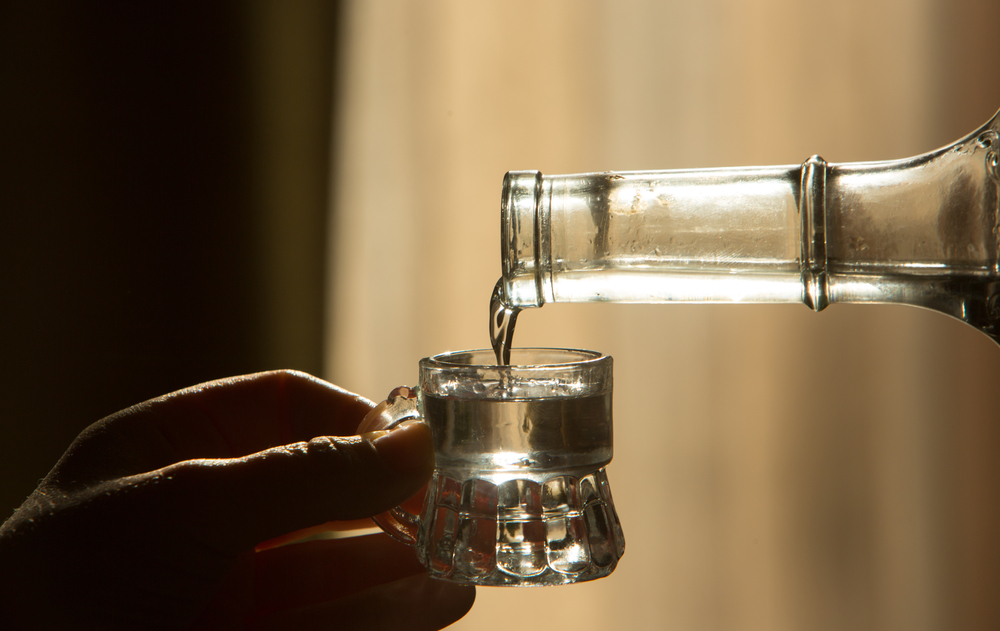Exploring Wine on the Southern Shore of the Lake

Photo by Or Szűcs.
Much of the attention on winemaking around Lake Balaton centers on the northern side of Central Europe’s largest lake with its cocktail of volcanic and other soils. Still, the southern side has a thriving wine culture all of its own, with distinctive, sun-kissed wines to match.
The soils switch to loess and clay on the southern side, with some pockets of limestone and sandstone (the Pannonian Sea once covered this area), yielding concentrated, ripe, round, and deliciously fruity wines, both white and red.
Balatonboglár is the official name of a wine region that spans 3,200 hectares on the south of the lake. The immediate area on the edge of and around Balatonboglár town, vinously speaking, is the land of three brothers Légli: Ottó, Géza, and Attila.
The former runs his eponymously named winery; the middle sibling is in charge of the Kislaki winery in the settlement of the same name, on the edge of Balatonboglár; the latter doesn’t make wine at all, but rather amphora, which winemakers across Hungary use. He also offers charming accommodation with the vessels delightfully scattered around the property.
Ottó Légli (leglibirtok.hu) has long crafted round and fruity wines that expertly capture the essence of their sunny surroundings. His spontaneously fermented and barrel-aged Riesling, from the Gesztenyés vineyard in Szőlősgyörök, is a standard-bearer for the region and Hungarian white wine in general.
The most difficult challenge for him as a winemaker, it seems, is to craft something with bubbles.
“I grew up as a sparkling wine drinker but making it presents so many challenges. My aim has been to make a Balaton pezsgő [a traditional method sparkling wine],” he tells the Budapest Business Journal.
His Villa Boclar Pezsgő 2015 is a blend of Furmint (once dominant in the region pre-phylloxera) and Riesling and was aged for 36 months on fine lees. It is complex, delightfully mature, and superbly balanced. Ottó also makes an impressive orange wine called Arancia from the Olaszrizling grape.
Traditional Method
Géza Légli (kislaki.com) has also started making traditional method sparkling wine, from Chardonnay in his case, and the Brut 2019 is a good start. He has an excellent single-vineyard, spontaneously fermented Chardonnay from the Matács vineyard, and a big, floral, and fruity Olaszrizling from the Kötcse vineyard. The wine that sent my palate spinning was the Jánoshegy Riesling 2020, though. It is terrific value at HUF 2,700 from the winery.
Both Léglis own large sections of vineyards on Jánoshegy, which they are converting to organic. That’s not all that Géza has been converting, however. He has beautifully restored old press houses on Jánoshegy that can be rented and offer spectacular views across the vineyards and out over the lake. The brothers also both make accomplished Pinot Noir.
High up the hill in Balatonlelle, the Konyári Pincészet has been wowing wine lovers over the last 20 years. We always knew the winery would be in excellent hands following the death of founder János Konyári in 2017, as he had been making the wine in tandem with his skilled son Dani for years.
Dani has inherited his father’s expert use of oak, which subtly adds layers on to the wonderful base material. Dani Konyári has often stated that Bordeaux varieties make the best red wines in the region, and true to his word, he’s decided to replace a chunk of his Kékfrankos vines, although he is keeping some for rosé.
János also oversaw winemaking at the larger Ikon winery, where his younger daughter, Bori Konyári, is now the chief winemaker. She works in tandem with her husband, Emil Kvák, who deals with the vineyards. Ikon is known for its outstanding value single varietal bottlings, with the Rajnai rizling (Riesling) particularly esteemed.
The couple have their own small winery, Késa Birtok, which was a revelation on my recent visit, with outstanding Riesling and Furmint offerings among the whites. Some of the rare Bordeaux grape Petit Verdot adds delicious spice to the Pegasus 2017, in which it accompanies Merlot, Cabernet Sauvignon, and Cabernet Franc.
Ikon has also concentrated high-end reds, such as its Cabernet Franc Evangelista 2017. This has a bit of a coconutty character from the American oak in which part of it is aged, the rest being aged in Hungarian oak.
Villány has somewhat claimed the Cabernet Franc grape under its Villányi Franc moniker, but the fact is that it makes superb wines up and down the country, not least in the Balatonboglár region.
Standout Wine
In fact, I didn’t have a bad one during my stay in the region. It was the standout wine at the Pócz Winery, for example. It benefits from a touch of oak to bring a little woody complexity, but not too much; Balatonboglár’s great gift is its full, ripe fruitiness, which can be hidden behind overbearing oak.
The Garamvári Winery, a large operation based in Balatonlelle, is efficiently run by Péter Baranyai. He has brought winemaking experience from stints in Marlborough in New Zealand and Napa Valley in California. He, too, excels with Cabernet Franc, in this case from the Sinai vineyard.
It also interesting to sample the fragrant, floral, and muscat-like Irsai Olivér here and then contrast it with the more restrained yet similar Cserszegi fűszeres, which has more of a refreshing burst on the finish.
The grapes for the top-notch traditional method sparkling wines are grown in the Balatonboglár region and then vinified at Garamvári’s sparkling wine cellar in Budafok.
Miklós Németh, who makes wine for his family winery Kékajtó Borászat és Szőlőbirtok on Kőröshegy. The winery is named for the blue door of the cellar situated close to the bridge that passes over the valley. It has been an organic producer from the outset.
“It rains less here than in the rest of Boglár,” he told the BBJ. That means a lower risk of fungal diseases like downy mildew, with treatments from naturally occurring chemicals like copper and sulfur and the likes of orange oil, perfectly adequate. His Olaszrizling 2018 had a pleasant, nutty quality.
At the opposite western end of the region, in Kéthely, the Kristinus winey has been transformed in recent years and has transitioned to become a biodynamic producer, with top results.
This article was first published in the Budapest Business Journal print issue of June 4, 2021.
SUPPORT THE BUDAPEST BUSINESS JOURNAL
Producing journalism that is worthy of the name is a costly business. For 27 years, the publishers, editors and reporters of the Budapest Business Journal have striven to bring you business news that works, information that you can trust, that is factual, accurate and presented without fear or favor.
Newspaper organizations across the globe have struggled to find a business model that allows them to continue to excel, without compromising their ability to perform. Most recently, some have experimented with the idea of involving their most important stakeholders, their readers.
We would like to offer that same opportunity to our readers. We would like to invite you to help us deliver the quality business journalism you require. Hit our Support the BBJ button and you can choose the how much and how often you send us your contributions.







